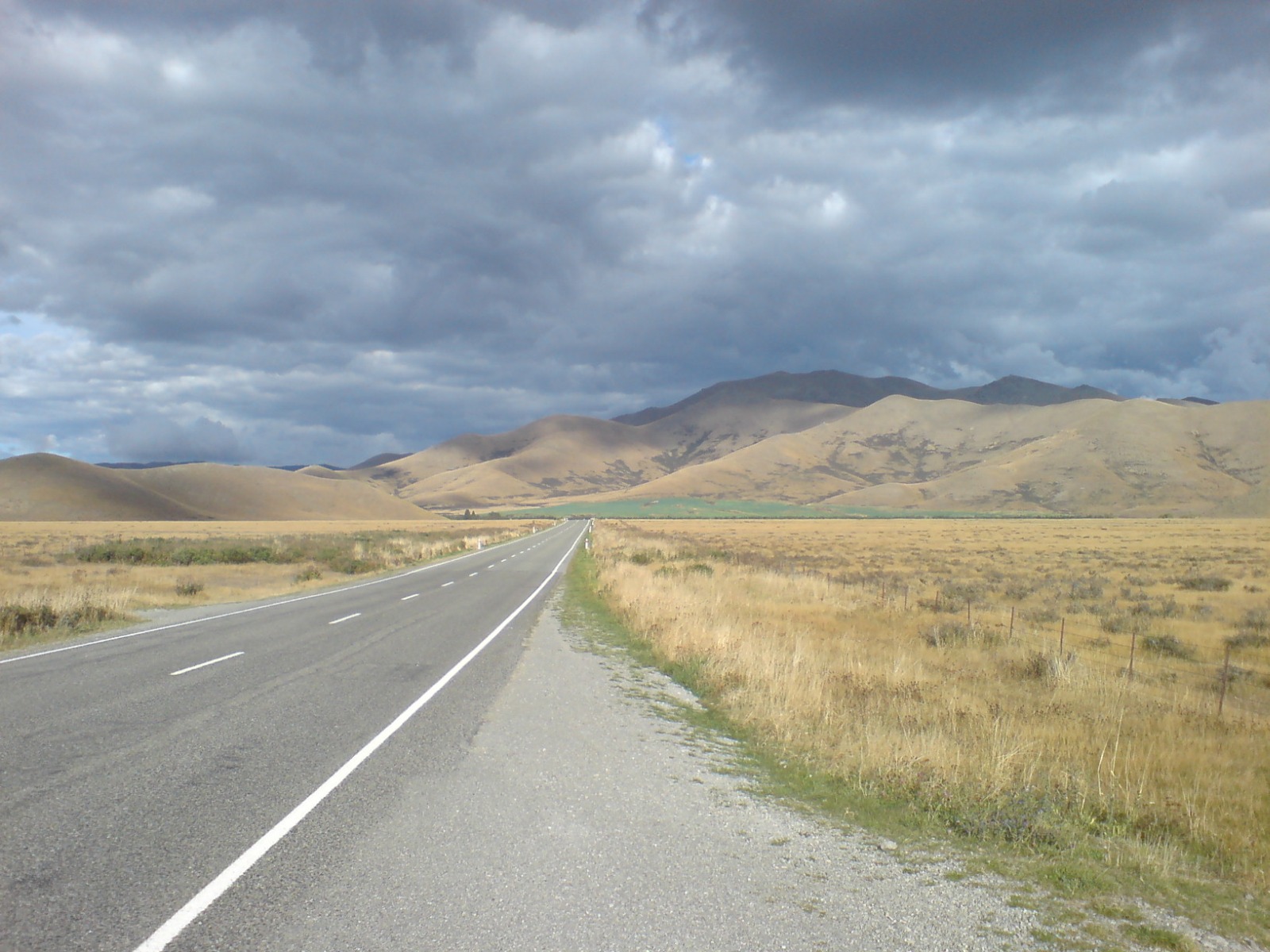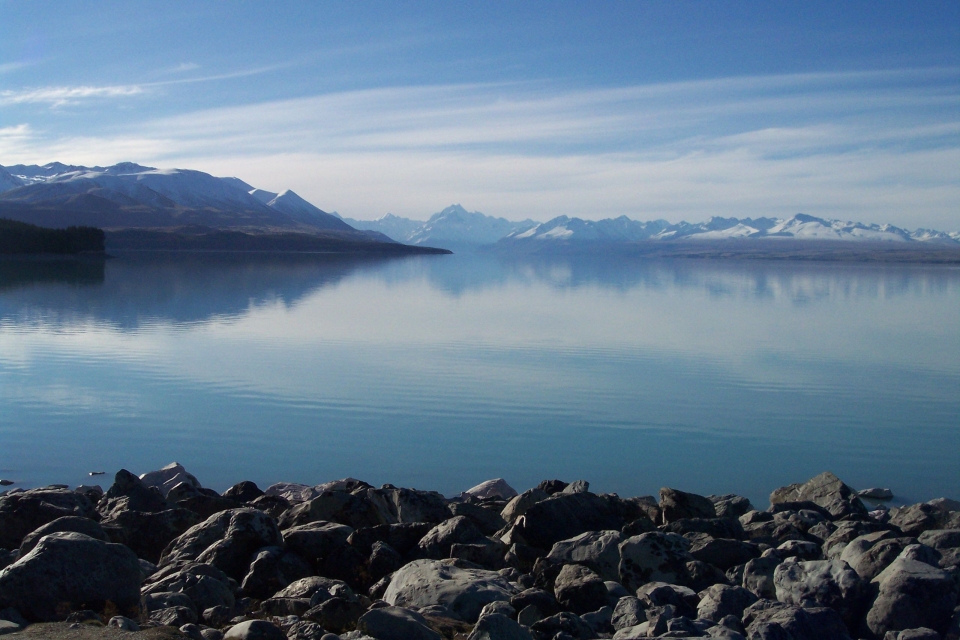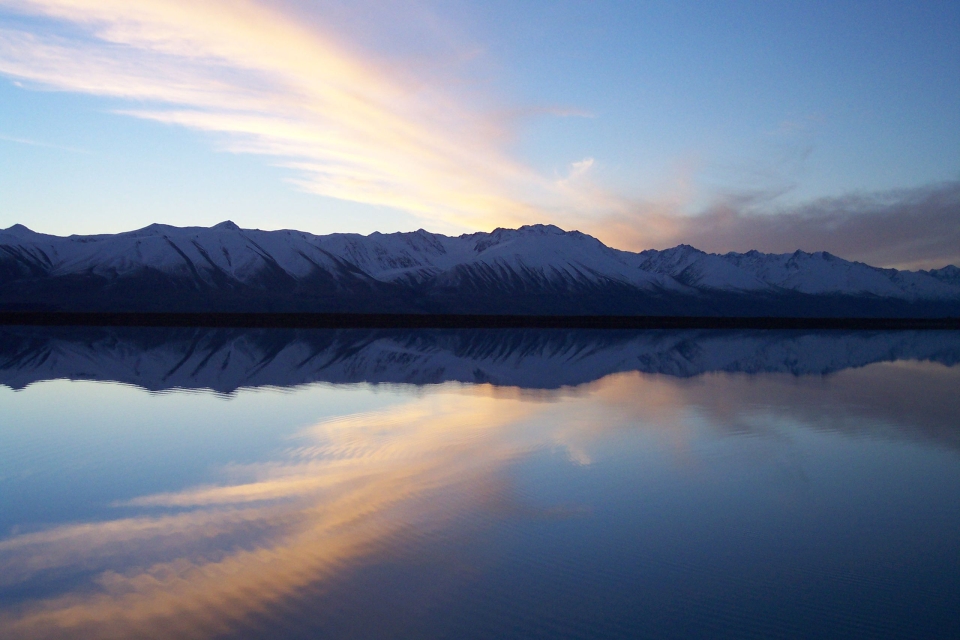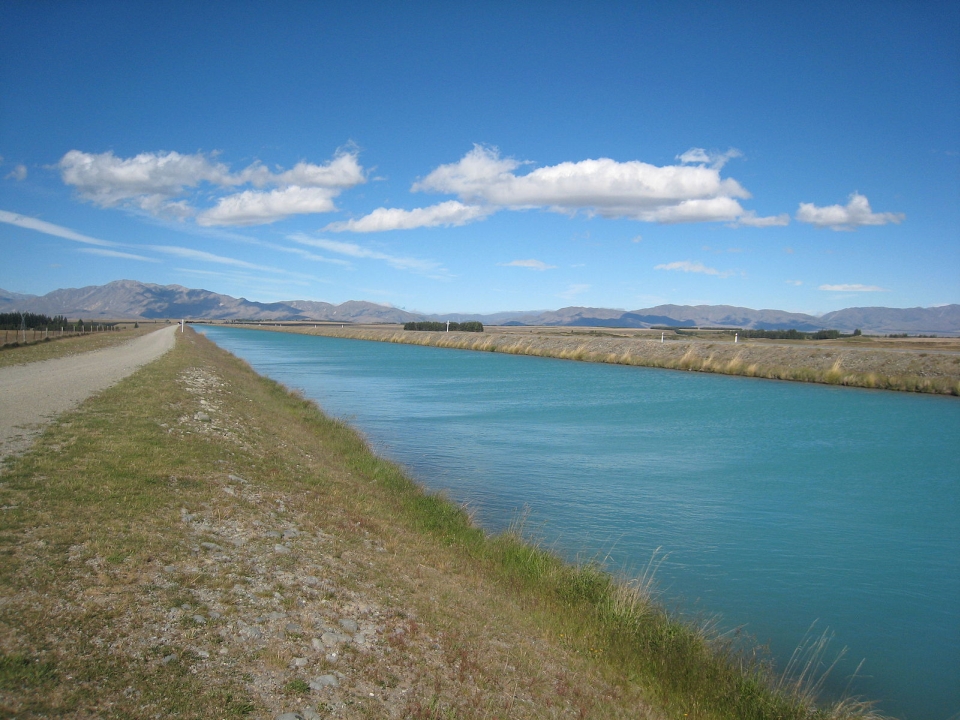You can contact LEARNZ, part of CORE Education, at:
Postal Address:
PO Box 13 678,
Christchurch 8141,
New Zealand
The Mackenzie Country is an area of high country between the Southern Alps and foothills of Canterbury which is used for farming, tourism and to generate electricity.
The Mackenzie Country is a basin in the Mackenzie and Waitaki Districts, near the centre of the South Island.
In the past the Mackenzie Country has mainly been used for sheep farming, but more recently it has also become popular with tourists.
The basin was named in the 1850s after James McKenzie, a shepherd from Scotland. McKenzie was captured for stealing sheep from a large sheep run. He claimed that he was working for someone else and did not steal the sheep, later he escaped. He was recaptured but escaped twice more. Later, his trial was found to be unfair, and he was pardoned. He was admired by many people and the area is still known as the Mackenzie Country.
You could find out more about the history of the Mackenzie Country.
The MacKenzie Country has been shaped by tectonic uplift along the Alpine fault and by glaciation. Huge glaciers carved out u-shaped valleys thousands of years ago and the large glaciers and snow fields in the Southern Alps continue to feed the rivers that cross the basin.
The Mackenzie Basin is used to generate hydro-electricity and the hydroelectric lakes of Ruataniwha, Benmore and Aviemore have been created.
Around 3000 people live in the Mackenzie Country in five settlements at;
Tourism is an important part of the local economy with sightseeing and skiing attracting thousands of visitors each year.
Gliding is another common activity within the Mackenzie Basin, and the area was host to a Gliding World Cup event in 1995.
Due to its clean, dry and dark sky, the Mackenzie Basin is an important area for New Zealand-based astronomy, and is home to the Mount John Observatory which is also visited by many tourists.
What other tourist attractions are there in this area?
The Mackenzie Country is also used for filming including some of Peter Jackson's 'The Lord of the Rings' and 'The Hobbit' series.
Māori and European settlement in the Mackenzie Country has changed the once forested land into tussock grasslands. More recently new types of farming have changed the region with irrigation making dairy farming possible.
The network of canals for hydroelectric schemes have changed the habitat of the Black Stilt (or kaki), an endangered river wading bird. A captive breeding programme has been set up and is run by DOC (the Department of Conservation).
The Mackenzie Basin is one of the areas where wilding pines have spread. These weed trees cover large areas and if left can take over killing native plants and reducing farm land. Work is being done to try and stop the spread of these trees.
Rabbits are also a problem in the area affecting farms and native plants. The Department of Conservation is using 1080 to control rabbits.

,The Mackenzie Country is an area of high country near the centre of the South Island. How would you get from Dunedin to the Mackenzie Country; which roads would you travel on? Image: Ingolfson.

,Aoraki Mount Cook, the highest peak in New Zealand, can be seen across Lake Pūkakī in the Mackenzie Country. How high is Aoraki Mount Cook? Image: Shaun Muckle.

,There are large lakes in the Mackenzie Country. The Ben Ohau Range can be seen across this lake. What lake do you think this is? Image: Shaun Muckle.

A series of canals have been built to link the dams and hydro schemes in the area. How many dams are there in the Mackenzie Country. Image: Avenue.
Imagine you live in the Mackenzie Country; what do you think it would be like? Discuss the pros and cons of living in this area.